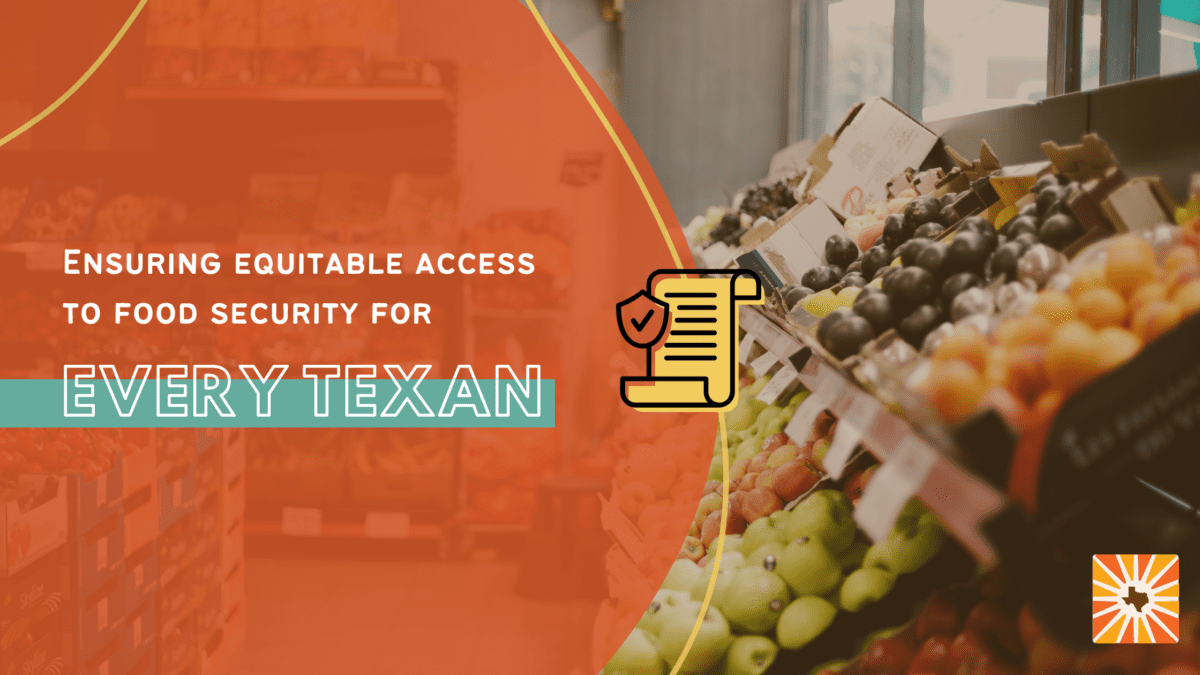On August 8, 2024, Texas Gov. Greg Abbott issued Executive Order GA-46, which requires the Texas Health and Human Services Commission (HHSC) to direct public hospitals in the state to collect demographic information on patients that will enable hospital staff to determine how many inpatient and emergency care patients at the hospital are undocumented. HHSC must also direct hospitals to collect and report back to HHSC the health care costs that those undocumented patients incur. The processes outlined in the Executive Order begin Nov. 1, 2024, also the date DACA recipients around the U.S. will first be able to enroll in Marketplace health insurance through the Affordable Care Act.
The governor seeks to use hospital reports to justify his understanding that “the federal government may and should be obligated to reimburse the State of Texas for the costs” of treating undocumented patients. However, statewide public health systems are not appropriate environments for testing out policies that the governor believes “may and should” exist.
Abbott’s Executive Order will lead to fewer Texans and their families seeking medical care when they need it, even when dire medical needs make expensive health care necessary at the emergency room. These are Texans who generally already avoid less expensive medical care in settings like clinics and health centers because they are uninsured and often concerned about the cost and documentation requirements. The well-documented “chilling effect” of policies like this one will further marginalize undocumented individuals and their family members – even those who are lawfully present – from enrolling in health coverage programs and seeking out necessary medical care.
Texas’ economy — particularly our construction, agricultural, and service sectors — will suffer as a result, as injured and sick workers are unable to return to work. Meanwhile, Texas families will suffer the governor’s policies as he threatens their rights to seek medical care in emergencies.
The Federal Government Already Funds Most Charity Care
Just over 64% of the public funds used to reimburse hospitals for the health care they provide to people without health insurance comes from federal dollars. Therefore, most health care services for which hospitals are uncompensated already get reimbursed by federal funds, not by state or local dollars.
The federal government requires public hospitals to provide funds – called “charity care” – to uninsured patients in exchange for tax breaks. Thus, the uncompensated care that Abbott is concerned about is already part of established funding relationships and tax structures that exist to improve community health.
In Texas, other federal funding reimburses the state for uncompensated care; some of those funds are codified in one of the state’s 1115 waivers granted by the federal Centers for Medicare and Medicaid Services. It provides directed payment programs to hospitals that are providing care to uninsured patients. The waiver allows for the federal government to pay Texas hospitals for treatment that no one can pay for, since so many uninsured people seek emergency medical care in the state.
Because pregnant citizens and adults with qualified immigration status do qualify for Medicaid in Texas, the state does accept Social Security Act’s Title XIX Grants to States for Medical Assistance Programs for undocumented pregnant people in emergency rooms for labor and delivery. Those undocumented pregnant people are also currently eligible for CHIP-Perinatal, which covers unborn children. In these circumstances, the federal government does contribute billions to Texas health programs and hospitals for providing coverage and care to undocumented residents. Every Texan supports that federal funding and initiatives designed to increase coverage and affordable care for Texans – regardless of immigration status. When more people have access to affordable health care, entire communities have improved health and economic outcomes.
By persistently rejecting the interests and preferences of their constituents, the Texas Legislature continues to avoid passing legislation that would close the health insurance coverage gap in the state by making low-income adults eligible for Medicaid. This refusal to expand Medicaid eligibility to low-income citizen adults and adults who are qualified immigrants prevents Texas hospitals from receiving federal Medicaid dollars made available by SSA Title XIX/Medicaid funds. These dollars would fund the emergency room costs of people who are not U.S. citizens — both undocumented and lawfully present people — and would qualify for Medicaid were it not for their immigration status. By refusing to close the health insurance coverage gap, state lawmakers have cost Texas billions of dollars of federal aid for undocumented Texans’ emergency room care since 2014.
The current system is costly and inefficient. Abbott’s order will only increase expenses and worsen community health outcomes by deterring undocumented Texans from seeking emergency care.
Executive Order Adds Administrative Burden on State Agency
While HHSC is currently under federal oversight and potential financial sanctions for its processing time of Medicaid, CHIP, SNAP, and TANF applications, and while the agency avoided implementing summer food security programs for children who receive free school meals specifically due to its lack of capacity, the governor’s Executive Order requires HHSC to have somehow the capacity to implement another program. Although the staff hours and infrastructures necessary for carrying out this hospital reporting program are less intensive than processing benefits applications and administering summer food benefits, Every Texan encourages the governor’s office to decrease the administrative strain HHSC is already operating under by rescinding GA-46.
Importantly, the Executive Order does not require hospitals to subtract from the dollar amount of health care costs incurred by undocumented patients the amount of bills those patients themselves reimburse with out-of-pocket payments directly to hospitals. Whether the governor’s office will require hospitals and/or HHSC to track these direct payments is unclear.
Conflicts with Texas and Federal Privacy Standards
Abbott’s Executive Order acknowledges that public hospitals must treat patients regardless of their coverage or immigration status. However, it does not acknowledge the conflicting messages from state and federal offices, legal services programs, and community-based organizations that will confuse community members and ultimately increase distrust in Texas’ health systems.
For example, the Texas Department of State Health Services (DSHS) posted a flyer from national immigrant rights organization Protecting Immigrant Families (PIF) on its website until Sunday, Aug. 11 – just three days after Abbott announced the Executive Order — which confirmed to Texas patients that “health care workers should not ask for immigration status information.”
Although DSHS removed that flyer from their website as of Monday, Aug. 12, Every Texan refers advocates, analysts, and members of the media to the same “YOU HAVE RIGHTS: PROTECT YOUR HEALTH” flyer on a California United Way office website. Shifting messaging and conflicting positions among federal, state, and local offices and organizations will increase hesitance to visit hospitals/clinics not only for people with noncitizen immigration status but for mixed immigration status families as well. We anticipate concerns and potential lawsuits about patient HIPAA violations from federal oversight offices and national legal partners in the coming weeks.
Messaging to Community Members












